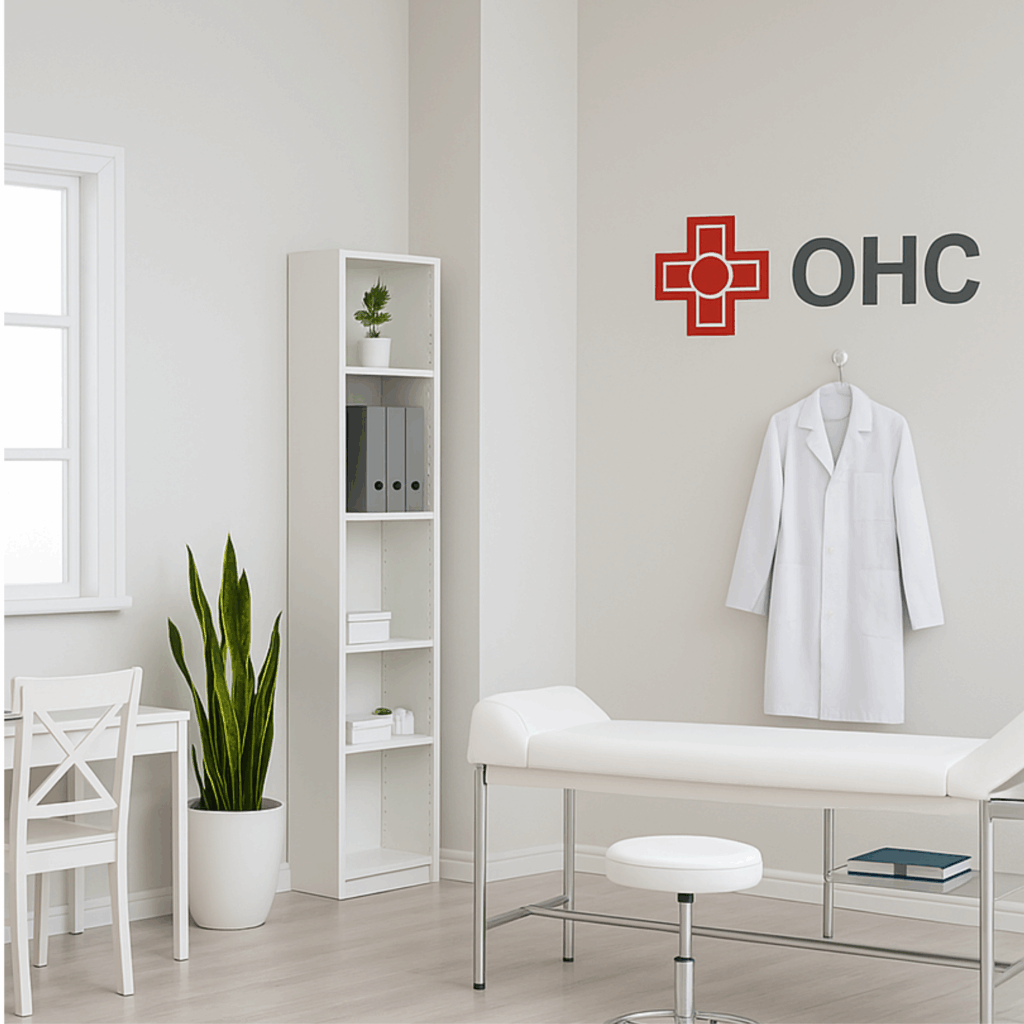
When we think of a factory floor, the first images that come to mind are machines, assembly lines, and workers in protective gear. But hidden away from the noise of production is a unit that is just as critical as the main assembly line: the Occupational Health Centre (OHC).
Often underestimated, OHCs are not just medical rooms to treat minor injuries. They are strategic hubs of workplace safety, compliance, and productivity.
What is an Occupational Health Centre?
An OHC is a facility mandated under the Factories Act, 1948, for factories employing more than a prescribed number of workers. It must be staffed with a Factory Medical Officer (FMO), nurses, and equipped with emergency care facilities.
But the OHC’s role extends far beyond compliance:
- Monitoring occupational diseases
- Conducting pre-employment and periodic checkups
- Maintaining medical records for audits
- Managing emergency response
- Driving health awareness programs
The Hidden Value of OHCs
- Early Illness Detection Workers exposed to dust, chemicals, or repetitive strain are at high risk. OHCs act as early warning systems, identifying risks before they turn into crises.
- Emergency Readiness From chemical burns to heatstroke, emergencies demand immediate action. OHCs ensure workers get life-saving care instantly.
- Compliance Backbone Without OHCs, factories cannot legally operate. Inspections heavily scrutinize OHC staffing and records.
- Trust Building When workers see a well-equipped OHC, it reassures them that management values their safety.
Digital Transformation of OHCs
Traditional OHCs ran on paper registers. But now, AI-powered OHC platforms like Uno.Care integrate:
- Digital health records
- Compliance dashboards
- Automated follow-up alerts
- Real-time analytics across plants
This transforms OHCs into data-driven command centres.
Case Example
A textile unit in Gujarat upgraded its OHC from a paper-based room to a digital OHC. Within 12 months:
- Compliance penalties dropped to zero
- Employee satisfaction scores rose by 27%
- Leadership could track real-time health risks
Conclusion
OHCs are not side rooms—they are engine rooms of safer workplaces. Modern industries must invest in OHCs as much as they invest in machines, because healthy workers power sustainable growth.
